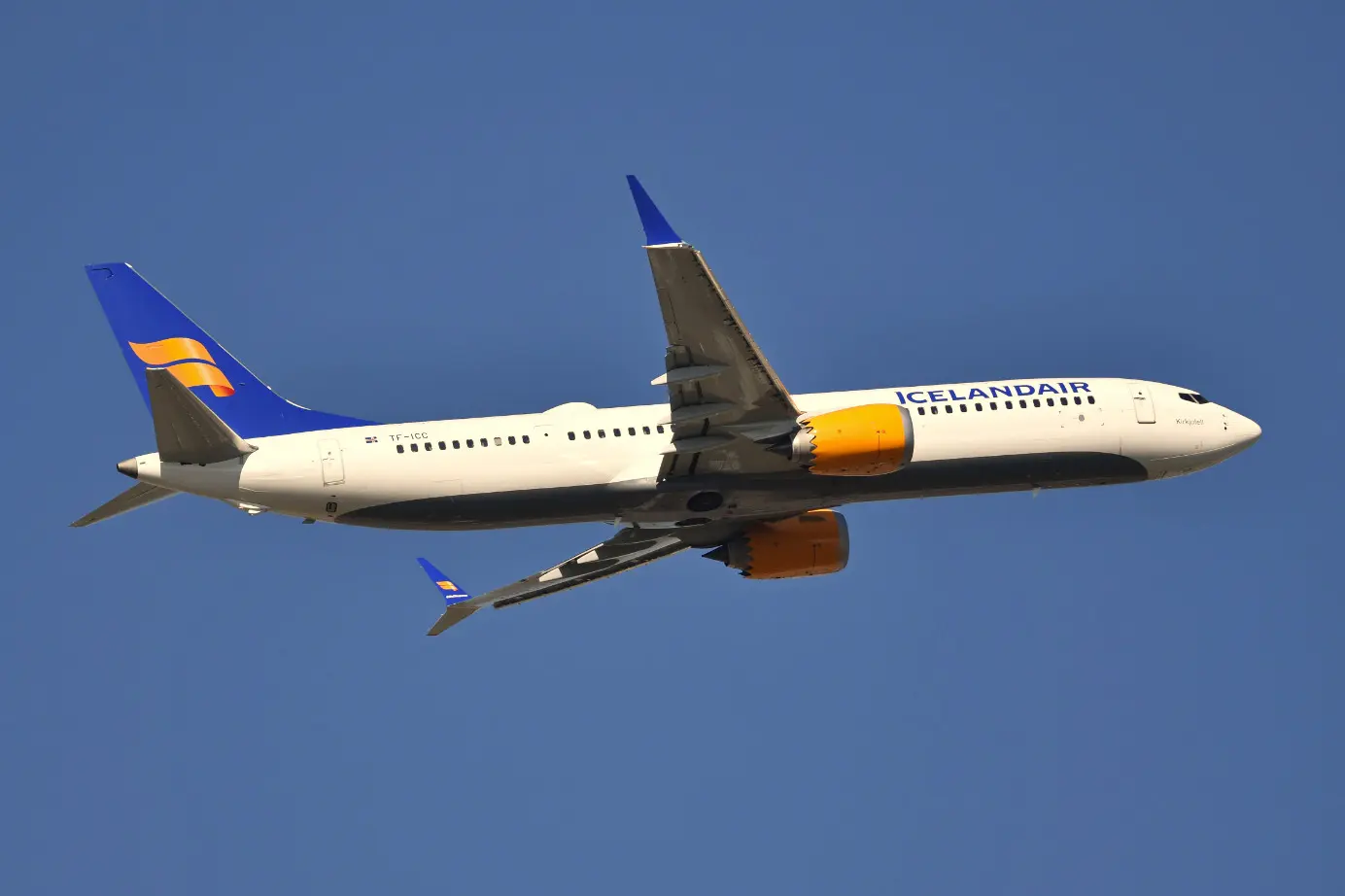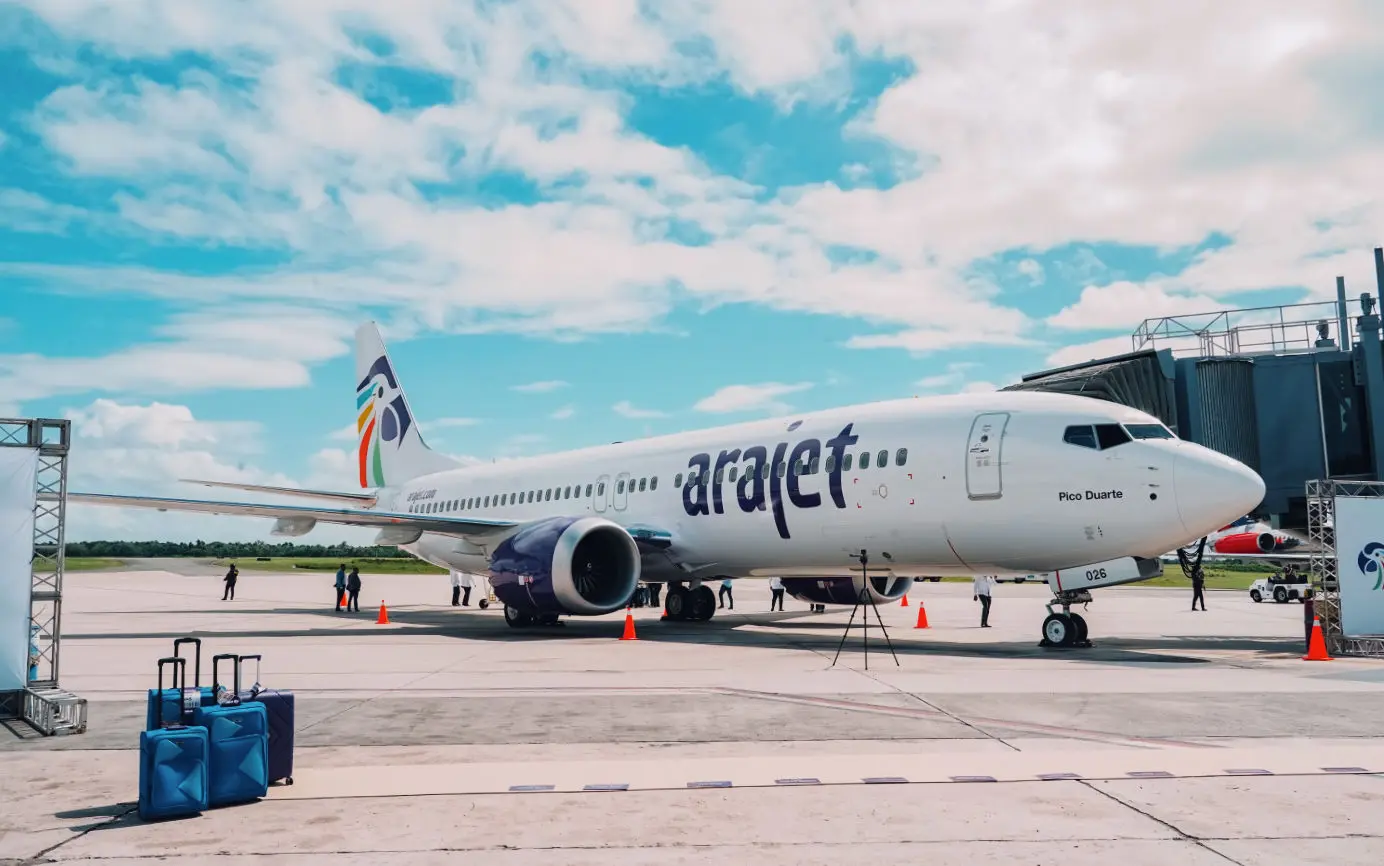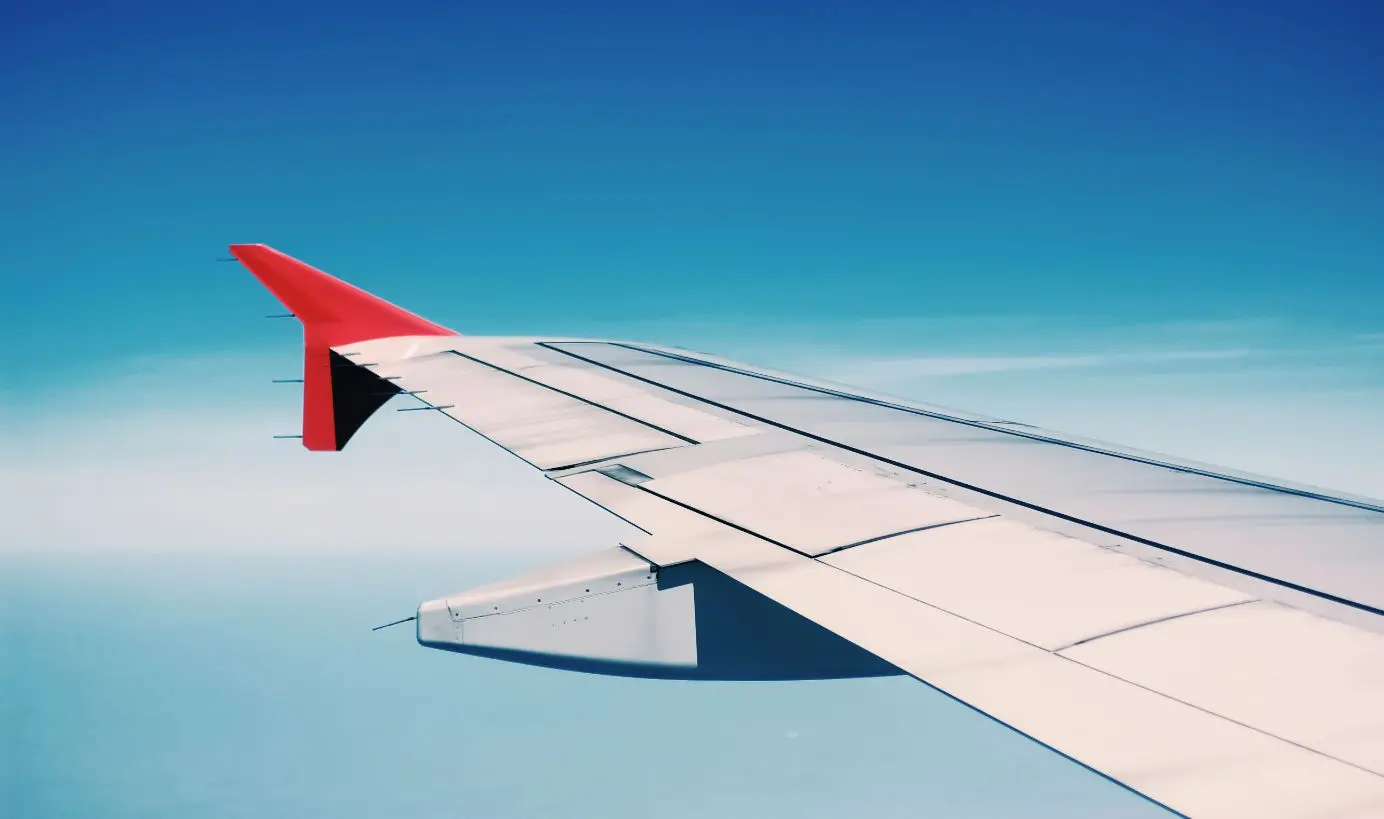
Can a Boeing 737 Fly Across The Atlantic?
The Boeing 737 is one of the most popular aircraft in history, but you rarely find it crossing the Atlantic. Can it? Find out here.
Table of Contents
The Boeing 737 has been kicking around in some form since the 1960s. It is one of the most popular narrow-body aircraft in history. Tons of them are taking off every single day, and Boeing is constantly working on their 737 to introduce new variants. However, this isn't really an aircraft that you see flying longer routes e.g. transatlantic. Why is this? Can the 737 even fly across the Atlantic?
Yes, it can. Modern variants of the Boeing 737 can fly across the Atlantic. Older versions of the aircraft don't quite have the range. However, this isn't really an aircraft that is being used (or is meant) for the lengthier routes. Only a few airlines use the Boeing 737 for transatlantic crossings.
Let's explain a little bit more about why this is the case.
Can a 737 Fly Across The Atlantic?
To understand this, we really have to know how wide the Atlantic ocean is. This can, in fact, vary.
Depending on where you start in North America and where you are heading to, the distance can range from 1770 miles to 3,000 miles in width. That is just the Atlantic Ocean. It doesn't factor in the start and end points for the aircraft. A flight starting inland could easily add an extra few hundred (or even thousand) miles to the distance between the two locations.
As we said at the start, the early Boeing 737 aircraft stood next-to-no chance of crossing the Atlantic. At least, not safely. The Boeing 737-100, for instance, has a range of around 1,979 miles (3,185 km) which is nowhere near enough for even the shortest of Atlantic crossings. Even the 737-300 with a range of 3,395 miles (5,463 km) may be pushing it, depending on where you are heading to and from.

It isn't until the Boeing 737-600 that you really get something capable of a proper Atlantic crossing without needing to refuel. That variant has a range of 3,723 miles (5,991 km).
Later models of the Boeing 737 have a much, much better chance of being able to make a successful transatlantic crossing. The Boeing 737 MAX 7, for instance, has a range of 4,430 miles (7,130 km). This is more than enough to cross the Atlantic and head pretty deep into Europe. This may seem like a lot compared to the early models of the Boeing 737, and it is. However, it isn't an aircraft designed to cross the Atlantic. Long-range airliners, designed for the job, can have ranges well in excess of 9,000 miles.
Why Aren't Boeing 737 Commonly Used For Transatlantic Flights?
So, we know that some models of the Boeing 737 can cross the Atlantic without a problem. However, they are not used all that often for transatlantic flights. Only a few airlines offer them (we will get to that in the next section). So, why is this the case?
Well, for starters, the Boeing 737 hasn't been designed for those lengthy flights. The Boeing 737 has always been a short-haul aircraft. It is meant to be in the air for a couple of hours and then brought back down. Simple stuff. And it is great for that.
Because the Boeing 737 has been designed for shorter haul flights, it doesn't have a huge amount of space on it. It holds fewer passengers. It holds fewer crew.
Airlines can't really deal with either of these. Too few crew means that the staff does not get breaks (highly illegal, especially for the pilots), and too few passengers mean less money on the trip.

You have to remember that airport slots are ridiculously expensive. When you have a transatlantic slot, you want to take advantage of it. You want to be ferrying as many passengers between destinations as possible. If an airline is lucky enough to score a good slot for a transatlantic flight, you can bet your bottom dollar that they are going to use the largest aircraft imaginable for it.
The Boeing 737 is not always as fuel efficient on longer flights as the long-haul aircraft either. Airlines really don't want to spend all that much cash on flights.
To cap it all off, the Boeing 737 is about 10-15% slower than aircraft designed for the crossing. This means that a 9-hour flight on one aircraft could easily take 10 hours on a Boeing 737. This is just costlier to run, and most passengers won't be happy with the extended journey time.
What Airlines Use The 737 For Flights Across The Atlantic?
There are just a few airlines operating the 737 on a transatlantic route.
WestJet is flying the Boeing 737 MAX 8 from Halifax and Toronto to various destinations.
About 50% of the flights operated by Icelandair over the Atlantic use the Boeing 737 MAX. Their flights leave from various locations in the US and Canada.
Final Thoughts
While later variants of the Boeing 737 can cross the Atlantic, it is rare that they do. This is because there are far, far better aircraft to cross the Atlantic. The Boeing 737 is normally restricted to shorter haul domestic and cross-country flights.
Planenerd Newsletter
Join the newsletter to receive the latest updates in your inbox.






